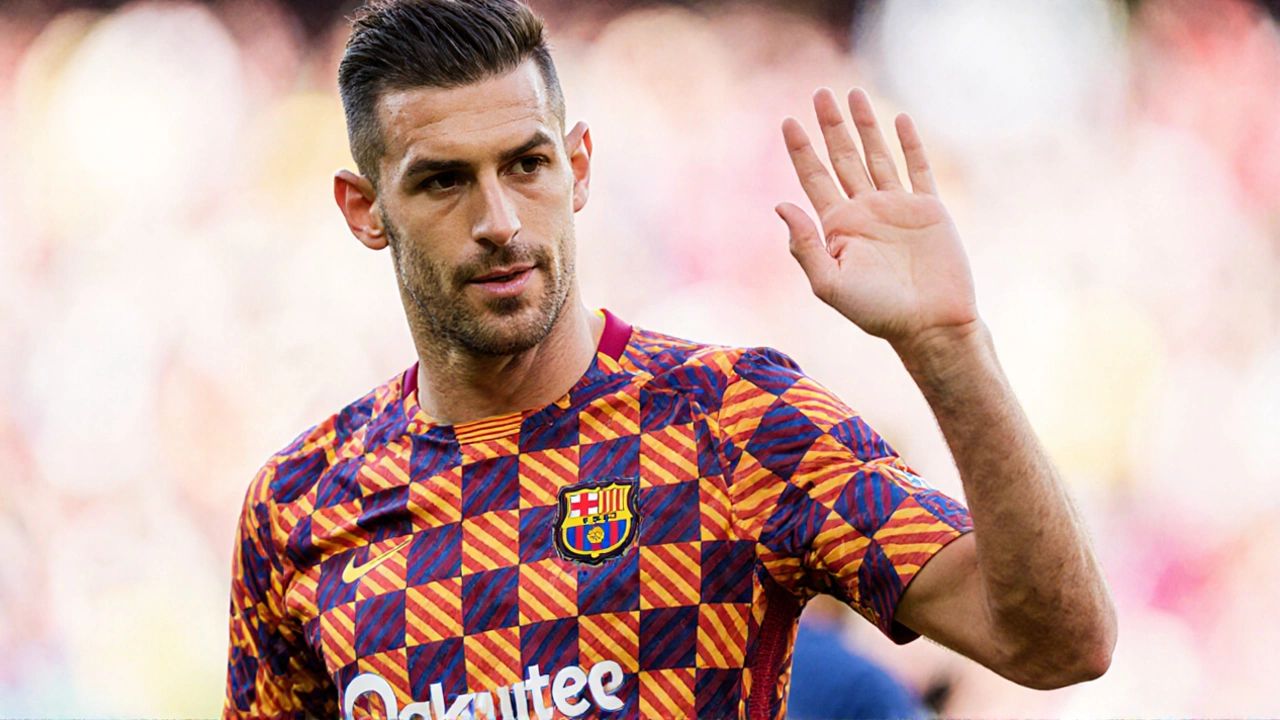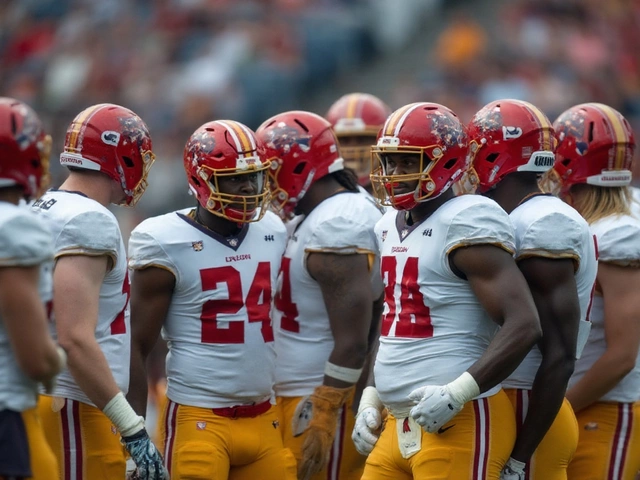Sergio Busquets confirmed his retirement this week, ending a career that spanned two decades and two continents. The former Barcelona and Spain midfielder walked away from the game after a final season with Inter Miami, leaving behind a legacy built on quiet intelligence, positional discipline, and the ability to dictate tempo without flash.
Why Busquets mattered
While many fans remember his trophy cabinet – 8 La Liga titles, 4 Champions League crowns, and a World Cup – it’s the subtle ways he changed midfield philosophy that truly stand out. Coaches worldwide now model their central midfielders on his blend of defensive solidity and forward-thinking distribution. The following five moments illustrate how Busquets turned a role once defined by box‑to‑box runners into a cerebral hub.
- 2005 Ajax Apprenticeship: A loan spell at Ajax exposed the 19‑year‑old to Johan Cruyff’s “total football.” The Dutch emphasis on spatial awareness and rondo‑style passing left a permanent imprint, preparing him for Pep Guardiola’s Barcelona.
- 2008 Champions League Debut: Thrown into a tense tie against Liverpool, Busquets showcased his knack for finding pockets of space behind the midfield line. His calm under pressure helped Barcelona overturn a 3‑0 deficit, signalling a new kind of defensive midfielder.
- 2011 World Cup Semi‑Final vs Uruguay: In a match where Spain needed to hold a slim lead, Busquets’ positioning forced Uruguay’s attacks to drift wide. His ability to nullify threats without diving into tackles became a template for tournament‑style play.
- 2015 Copa del Rey Final: Against Athletic Bilbao, Busquets delivered a half‑court pass that unleashed Lionel Messi’s winning strike. The vision displayed here turned the deep‑lying role into a creative engine, inspiring coaches to grant midfielders more freedom.
- 2021 Tactical Shift at Inter Miami: In his first MLS season, Busquets helped the team transition from a traditional 4‑2‑3‑1 to a fluid 3‑4‑3, teaching younger American players the value of positional rotation. Even in his twilight years, his influence reshaped a club’s identity.
Each snapshot represents a broader trend: midfielders now are expected to be both shield and architect. Busquets proved you don’t need a thunderous shot to dominate; you just need the right brain and the right timing.

What his retirement means for the next generation
With Busquets hanging up his boots, academies across Spain and the United States are revisiting training drills that emphasize off‑the‑ball movement and short‑passing triangles. Young players are being taught to view the space behind the defensive line as a strategic asset, not a void to be filled.
Moreover, his move to MLS highlighted the growing appeal of the league for seasoned internationals, offering a platform where tactical knowledge can be shared directly with emerging talent. As clubs worldwide scout for the “next Busquets,” the criteria have shifted: clubs now prioritize football IQ, composure, and the ability to read the game in real time.
In the end, Busquets may have left the pitch, but his influence will echo in every training ground where a midfielder learns to think two steps ahead.



